 ACCOMPLISHED businessman and veteran developer Tan Sri Teo Chiang Kok has played a role in the evolution of the Malaysian home. With 30 years of experience in property development, the director of See Hoy Chan Holdings Group and patron of the Real Estate and Housing Developers’ Association Malaysia (Rehda) was among the first developers in the country to design homes instead of shelters, and neighbourhoods instead of disconnected suburbs.
ACCOMPLISHED businessman and veteran developer Tan Sri Teo Chiang Kok has played a role in the evolution of the Malaysian home. With 30 years of experience in property development, the director of See Hoy Chan Holdings Group and patron of the Real Estate and Housing Developers’ Association Malaysia (Rehda) was among the first developers in the country to design homes instead of shelters, and neighbourhoods instead of disconnected suburbs.
A strong community benefits individuals, the greater society and the environment, says Teo. And developers can play their part in building a community spirit with designs that encourage interaction and collaboration among those who live in their developments.
Teo talks to The Edge about the power of communities and how a sense of cohesiveness can be cultivated. He also offers solutions to pressing issues facing the property industry and an answer to the affordable housing conundrum.
The Edge: Tan Sri, you have built successful townships with a strong sense of community among their residents. Can you describe the evolution of homes and towns? How does a developer inculcate a sense of cohesiveness and camaraderie in a group of strangers?
Tan Sri Teo Chiang Kok: Developers have evolved over the years. In the 1960s, we were building shelters. That was the time when homebuyers were moving out of shoplots in the city and into houses in suburbs. They were looking for shelters and developers built concrete structures.
Over time, developers realised that a house should be a home, not just four walls. We started to be more careful with the use of space and began thinking about functionality. During this period, indoor gardens and airy kitchens were introduced in houses.
The next stage of the property industry’s evolution was the building of townships. Initially, towns were built based on a grid system, which had roads criss-crossing and junctions everywhere. It was very difficult for residents to interact with each other.
The next phase was towns built with a hierarchy of roads — main roads and residential streets. But the overall design was still a grid system with many crossroads.
In the late 1970s, See Hoy Chan started to focus on building neighbourhoods for its towns, beginning with Damansara Jaya. There were main roads, secondary roads and a cluster of about 300 houses surrounding a playground and a park. The roads did not criss-cross but were built following the natural contours of the terrain. Schools and shops were generally within walking distance. Since children would play in the playground and their parents would meet frequently, a community nexus was created. This is essentially how the spirit of a community can be fostered in a neighbourhood.
These days, residents have a shared concern over security. Many are compelled to get together and put up their own security systems. In a way, this encourages cohesiveness among those living in an area and creates a sense of neighbourliness.
Do you see a relationship between the value of a property and the strength of the community in its neighbourhood?
Life is about human relationships. A sense of community creates a better living environment. A strong community benefits the individual and the greater society. People of all ages who have a sense of belonging tend to live happier lives and strong communities create a more stable and supportive environment. In these neighbourhoods, residents care for more than their own homes. They look after the well-being of their neighbours and the environment.
Homebuyers naturally prefer homes in townships with a strong community spirit. Demand will push up the price of real estate in these towns. You can say that the residents are the ones who are building the value of their properties.
For developers, the community is our partner. They are the best possible salesmen for our developments. So, we must appreciate them.
What can a developer do to inculcate a sense of community in a new development?
I am proud that See Hoy Chan was the first developer to initiate a residents’ association. This was in Damansara Utama, back in 1974. At the time, I already felt that the urban society was losing its sense of community. Our lives were so dependent on cars. We drove in and out and there were limited opportunities to meet and get to know our neighbours.
A residents’ association allows homeowners to rediscover the benefits of knowing their neighbours and foster the feeling of togetherness and friendship that is typically found in a kampung.
Bandar Utama was developed after Damansara Jaya and its design is different, with clusters of smaller neighbourhoods within a larger neighbourhood. A network of pedestrian walkways was incorporated to allow residents to walk to shops, to schools and to the next neighbourhood. There was a good chance of meeting your neighbours, especially with the growing awareness of the need to stay physically active.
There were limited opportunities for young adults to meet when I started working many years ago. Now, there are so many opportunities for young people to socialise. I think that the younger generation is much more sociable than that of my era.
New residential developments in the Klang Valley are usually high-rise units. Is it easier for a community to be cultivated in these buildings?
Integrated developments offer many common facilities and this augurs well for community building. There is space for people to get together and I find that younger buyers are generally more accepting of sharing spaces and facilities. Developers are building parks, gymnasiums, tennis courts and such. All these facilities are usually well used by the residents. There are ample opportunities for them to interact and get to know each other.
Another push factor that encourages community building is the Strata Management Act, which came into force last year. This law requires the developer to form a joint management body and a joint management committee for a new development as soon as possible. This requires residents to meet and select their representatives shortly after they move in. Like a residents’ association in a neighbourhood, the joint management committee is a platform for homeowners to get to know each other.
A number of high-rise residential buildings also offer day-care facilities or kindergartens. This is where parents meet and children learn to socialise. Children pick up a lot of social skills at playgroups and often acquire a sense of community when they are young. This augurs well for the future.
Different groups of people share an integrated development. There can be residents, retail owners, hotel operators and office tenants all in the same space. Can such a diverse group of people, each with their own respective interests, live in harmony?
There is no denying that different components in an integrated development have their own needs and expectations. This is why the Strata Management Act allows for subsidiary management corporations; each representing a different component. For example, the hotel has its own management corporation, the shopping mall has its own and the residents form their own. All subsidiary management corporations come under the larger ‘umbrella’ joint management corporation.
This arrangement can reduce possible conflicts of interest as each corporation is accountable, focused and responsible for their own needs. It is important to reduce conflict as there are many synergies to be gained if different components work together for the betterment of the entire development.
This type of legislation is crucial because mixed-use developments are here to stay. Integrated developments that cater for housing, business, social and recreational needs are a possible sustainable solution to the many problems faced in sprawling suburbs. These buildings make the best use of resources and fully utilise supporting infrastructure such as roads and cables.
Integrated developments also promote a cleaner and greener environment by cutting down on the need to travel. Although living spaces may be more compact, the quality of life is preserved and can be made better with these developments.
The challenge is in weaning people off the use cars to move around. I hope the authorities will start to recognise the importance of this and encourage the construction and use of transit-oriented developments.
Tell us about transit-oriented developments?
The amount of time and money that is spent on commuting is a big problem with private transport. Then, there is traffic congestion and pollution that come with a large number of cars on the road.
The use of public transport is a growing trend in developed countries. In the US, some people are choosing to rent cars instead of buying their own. I think this should be encouraged. Our society is too car-oriented. Developers need to provide two parking bays per housing unit as well as visitors’ parking space. Even a low-cost housing project requires parking space. Up to half of a development can be dedicated to parking and this pushes up the cost of development and the price of the housing units. For the homebuyer, the cost of two parking bays can be equivalent to or more than the cost of the home. This does not make financial sense. There is a pressing need to reduce the reliance on cars, especially now that affordable housing is an issue.
Transit-oriented developments are mixed-use projects designed to maximise access to public transport. They are typically high-density developments within walking distance to public transport such as buses and trains. Travel time is reduced and amenities and conveniences are available at the doorstep. This suits the social way of living of the young.
Commercial units, such as shopping malls, are often the heartbeat of a community. This can be said of 1 Utama, a defining landmark for Bandar Utama. In your experience, how can a developer cultivate commercial activity within a new development or township?
First of all, you have to look at the scale of the town or the development. Commercial units need sufficient homes to support them. Some new developments have too many commercial units compared with homes. It is very challenging for the businesses to thrive in this kind of environment.
Shopping centres offer consumers an experience. It must evolve along with trends. Take for example the coffee drinking trend that is so popular these days. A commercial centre needs to have a lot of such outlets to cater for the demand for artisan coffee. Fortunately, there is a strong entrepreneurial spirit among young Malaysians. Many are willing to take the risk of starting a business. This spirit should be encouraged as it can drive the country’s future economic growth.
What is the biggest challenge in building a successful township?
The biggest challenging is the need to see the future. We need a good crystal ball as developing a town takes years. The gestation period is very long and developers need a plan to stay relevant. I am happy that many of the concepts that See Hoy Chan has introduced in the design of towns have been adopted and improved upon by other developers. This includes using a hierarchy of roads and incorporating green belts, lakes and walkways within a town. Many years ago, we encouraged residents to take care of the security of their neighbourhoods by building guardhouses and security posts. Now, these are common features in every development.
The property market is not as robust as before and developers need to balance rising costs and the price of their developments. Are there any legislative changes that can be introduced to support the industry during this challenging period?
One suggestion that has been bandied about is to allow the cancellation of unpopular property launches. Here, the developer can cancel a project if it does not sell well and reimburse those who have already bought units.
There are differing opinions on this proposal. Some say such flexibility opens the door for developers to cancel a project only to launch it again at a higher price. I think this possibility can be countered with clear terms and conditions.
On the other hand, developers can go back to the drawing board and redesign a development that is not selling well. There is a big chance that they will produce a better design and a development that is better suited to the needs of homebuyers.
I think that such a move (allowing property launches to be cancelled) supports growth of the property industry as developers are not forced to develop projects that cannot be sold.
Affordability is still a concern for many aspiring homebuyers. What are your thoughts on this issue? Are there any solutions?
Although the Malaysian dream of owning a property still prevails, young adults should buy only when they can pay for and maintain their homes. Real estate is a good investment. As an asset, it preserves capital although there can be hiccups in its appreciation over time.
Making houses more affordable requires many factors. As mentioned earlier, society must reduce its reliance on cars. This means that public transport systems have be beefed up. This addresses the need for the developer to build and the homebuyer to pay for parking bays.
The authorities also have a role to play. This includes legislation that encourages more transit-oriented development as well as measures that maintain or lower the cost of constructing a new development.
Meanwhile, homebuyers must be judicious with the use of money. Young buyers are very brand-conscious and there is a preference for global brands during the buying process. The provision of branded appliances in a home can be a differentiating factor among property launches and developers are compelled to offer such items as part of their marketing strategy.
I would caution young aspiring homebuyers against deciding on a property based on the provision of branded appliances. Take a more utilitarian approach and emphasise comfort and liveability. Some developments look very impressive but they are not liveable. For example, the interior design is ultra-modern but not comfortable. In my opinion, functionally and comfort is very important because you will be spending hours in your home every day.
You have called for more social housing in the country. What problems can be addressed with homes owned by the government?
I believe that there is a segment of society that is not financially able to buy a home. This group should not be given the impression that they should be buying a home when they cannot afford to do so. If they do buy a home, they would not be able to maintain their properties or pay their dues.
Instead, they should be given the option to rent social housing. Once their economic situation improves, they should move out and rent from the private sector or buy their own homes. This allows another deserving household to come in and take over the rental unit. Clearly, social housing tenants need to be screened and carefully chosen.
For social housing to work, it must be run by an apolitical non-government, not-for-profit organisation. This takes the politics out of housing. It is also important that these homes are not sold. Affordable homes that are being built are sold to private households. This depletes the government’s stock of social houses. But there are always households that need housing assistance. Furthermore, the homebuyer who acquires an affordable home can eventually sell it at a much higher price. That physical house is no longer affordable.
Social housing should be kept a government asset. In other countries, social housing projects can be well maintained, even though the buildings are old. This is because the tenants have come to realise that it is a privilege to live there. They help each other to pay the maintenance fees and work together to maintain the building. This way, good values and habits are inculcated.
This article first appeared in the Special Report Mapex Property Showcase, of TheEdgeProperty.com, on May 6, 2016. Download free copies of TheEdgeProperty.com here.
TOP PICKS BY EDGEPROP

Taman Nusa Sentral
Iskandar Puteri (Nusajaya), Johor
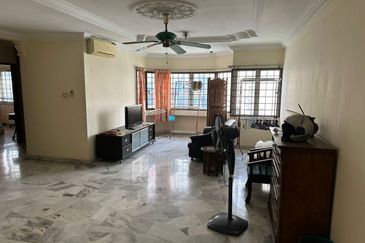
De Tropicana Condominium
Kuchai Lama, Kuala Lumpur

Flat PKNS, Seri Kembangan
Seri Kembangan, Selangor
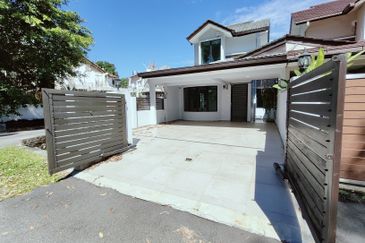
Bandar Kinrara 2
Bandar Kinrara Puchong, Selangor

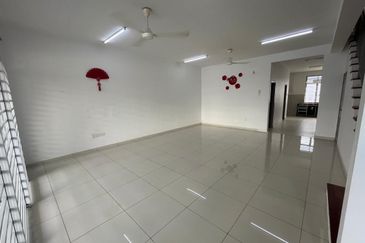
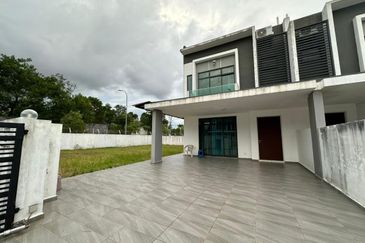

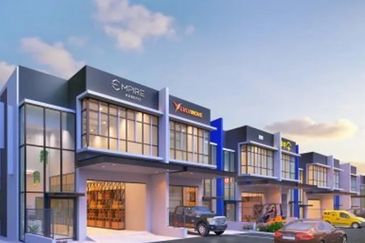
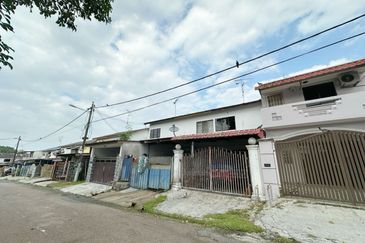
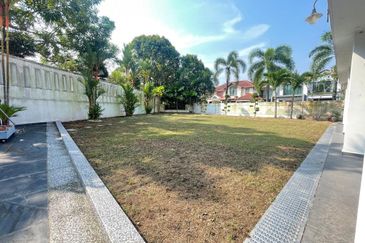
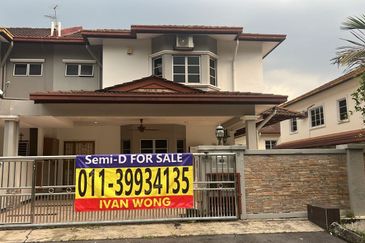
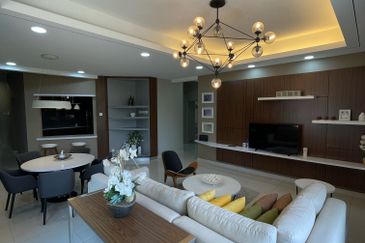
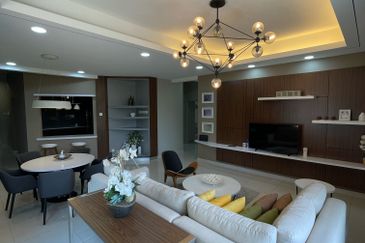
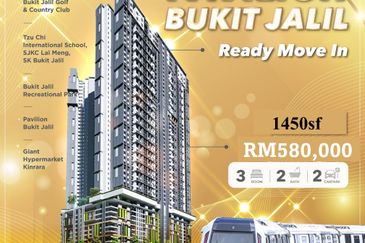

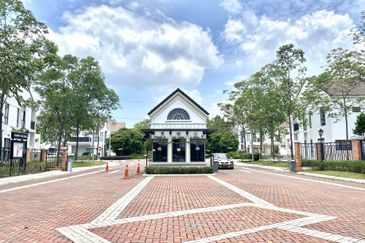
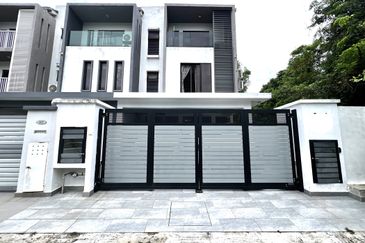
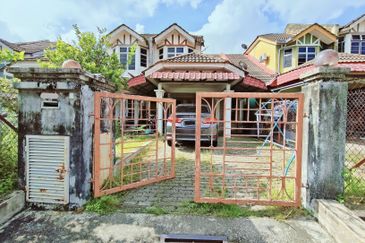
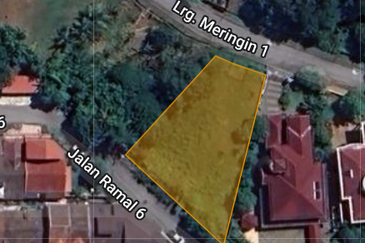
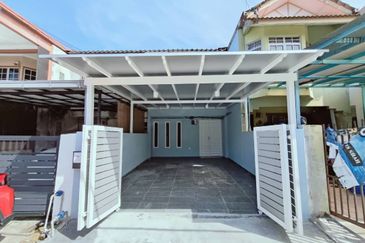
hero.jpg?GPem8xdIFjEDnmfAHjnS.4wbzvW8BrWw)



